Introduction
Yes, dogs can eat ragi. Ragi is dog-friendly and makes an excellent addition to the dog’s menu. However, for ragi to be safe, it needs to be properly prepared – cooked and in the form of porridge. Plus, it should be given in moderation and on occasions.
Ragi is the Indian name for finger millet (Eleusine coracana). In Nepal, it is also known as Kodo. Ragi is highly nutritious and comes packed with a variety of vitamins, minerals, and phytonutrients.
Why is Ragi Good for Dogs?
Ragi is rich in nutrients and readily available. Plus, it is easy to prepare, and most dogs like its taste. Ragi can be combined with many dog-friendly foods and served in different dishes. Let’s take a closer look at the reasons ragi are good for dogs.
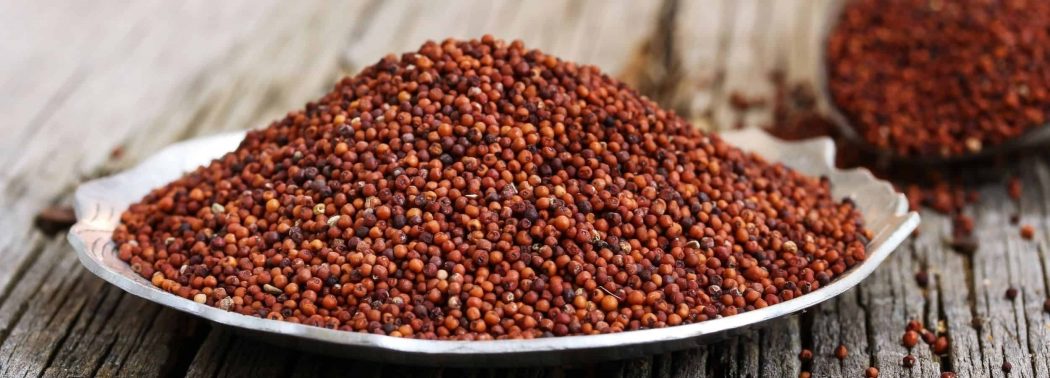
Gluten-Free Grain
Ragi is a gluten-free grain. Therefore, it can be used in dogs suffering from gluten allergies and sensitivities.
Rich in Dietary Fiber
Ragi is high in dietary fiber or prebiotics. Prebiotics are critical for normal digestion and regular bowel movements. They also support cardiovascular health and help keep the blood sugar and cholesterol levels in check.
Helps with Diabetes
Ragi contains several nutrients that help regulate blood sugar levels, thus making it the perfect choice for diabetic dogs. The nutrients that help with blood sugar are dietary fiber, minerals, amino acids, and polyphenols.
Supports Weight Loss
Because of the high dietary fiber content, ragi can help with weight loss. Namely, high-fiber foods support healthy digestion and make the dog feel satiated for longer.
Promotes Skin & Coat Health
Ragi contains several amino acids, including lysine and methionine. These amino acids are essential for maintaining healthy skin and a shiny coat.
Combats Anemia
Ragi contains iron which increases hemoglobin levels and helps with anemia. Sprouted ragi forms are also high in vitamin C. Vitamin C increases the body’s ability to absorb hemoglobin.
Increases Bone Strength
Ragi is particularly rich in calcium. Calcium is the main mineral promoting strong bones and teeth. In fact, when it comes to calcium concentrations, ragi can be compared with dairy products.
Can Ragi be Bad for Dogs?
Yes, ragi can be bad for dogs. In fact, any human food has the potential to wreak havoc on the dog’s digestive system if misused.
Ragi is rich in carbs and a grain, meaning it is not part of the dog’s natural diet. As a result, if given in excess (too much or too often), it is hazardous. Here are the reasons ragi can be bad for dogs.
Indigestion
Overconsumption of ragi may lead to stomach upset in dogs. Some dogs have more sensitive stomachs and experience indigestion even if fed normal amounts of ragi. The risk of stomach upset is much higher if feeding undercooked ragi.
Too Many Carbs
Ragi is high in carbs. In practical terms, this means that if fed in large amounts and too often, ragi contribute to issues like energy spikes (hyperactivity), tooth decay, diabetes, and obesity.
Allergic Reactions
Some dogs can be sensitive to grains. Although the risk of allergic reactions to ragi is low, there is always the chance. Food allergies in dogs manifest with diarrhea, stomach pain, gassiness, and itchiness.
How Much Ragi Can my Dog Eat?
Ragi classifies as a treat, meaning it should not make up for more than 10% of the dog’s daily food intake. Ideally, you can give around 4-5 tablespoons of thoroughly cooked ragi to a medium-sized dog.
Larger dogs can eat more than this, and obviously, smaller dogs should eat less. As for the frequency of feeding, you can limit the serving to once per week. Ragi is also safe for puppies, as long as they are capable of digesting it properly.
To avoid side effects and unwanted reactions, we suggest giving your dog just a bite or two of ragi when serving it for the very first time. If there are no signs of indigestion, gradually increase the amount until reaching the recommended serving size.

How to Prepare and Serve Ragi for Your Dog?
Preparing and serving ragi to your dog is fairly easy. However, it needs to be done properly to ensure safe feeding. With that being said, you need to start by shopping – luckily, you can find ragi in most stores.
With the ragi in your kitchen, you should put some water to boil. In a separate bowl, mix the ragi with water and add it to the boiling water. It is important to let the ragi cook well while mixing to prevent lumps.
After the ragi is cooked, let it cool down and serve it – you can give it plain or mixed with meat, yogurt, cooked vegetables, or other dog-friendly ingredients. You can also use ragi flour for baking dog treats and cookies.
Summary
All in all, dogs can eat ragi. In fact, when used correctly – in moderation and in the right form, ragi is an excellent plant-based addition to the canine diet. It goes without saying that dogs thrive on meats, and ragi is just a treat.
When used correctly, ragi brings several health benefits to the table, and it is convenient for pet owners to prepare and serve. Plus, dogs like porridges and will enjoy a ragi-based meal.
Sources
- Diabetic Dog: Tips to Manage Their Diet, Amy Paturel, 2020
- How to Treat Indigestion and Acid Reflux in Dogs, Barbara Rivers, 2021
- Obesity in Dogs, Krista Williams, BSc, DVM; Robin Downing, DVM, CVPP, CCRP, DAAPM, 2021
- Anemia in Dogs, Anna Burke, 2017
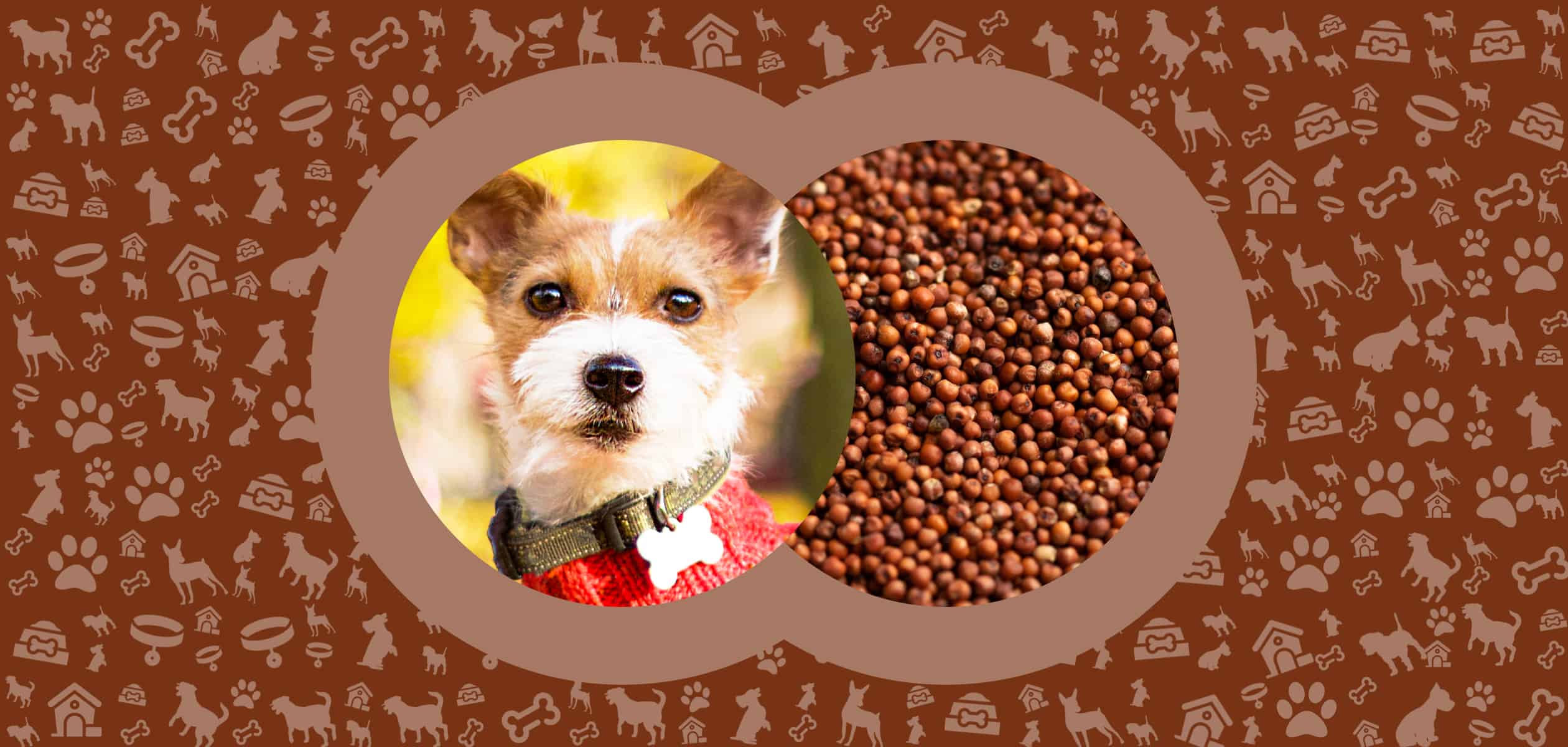
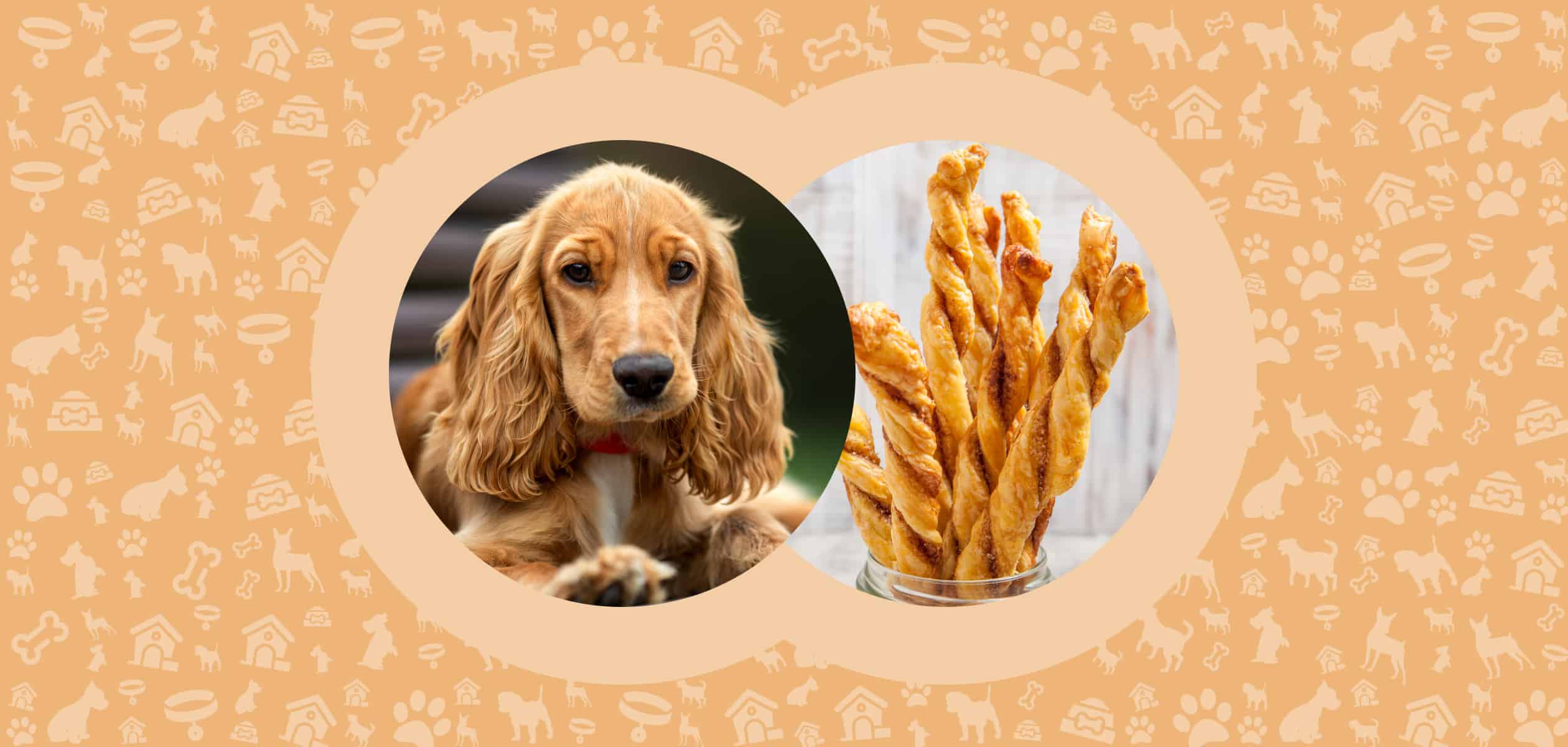
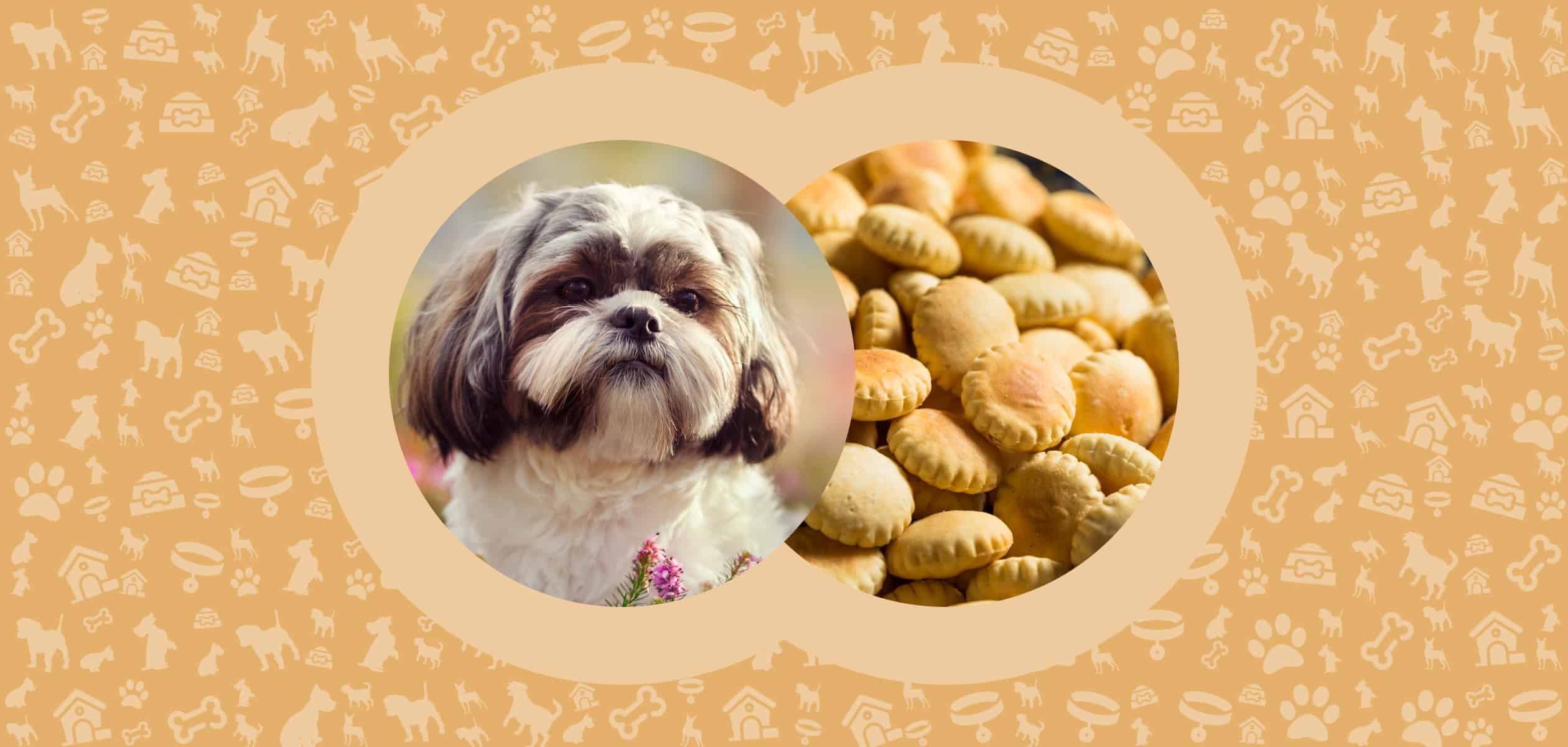

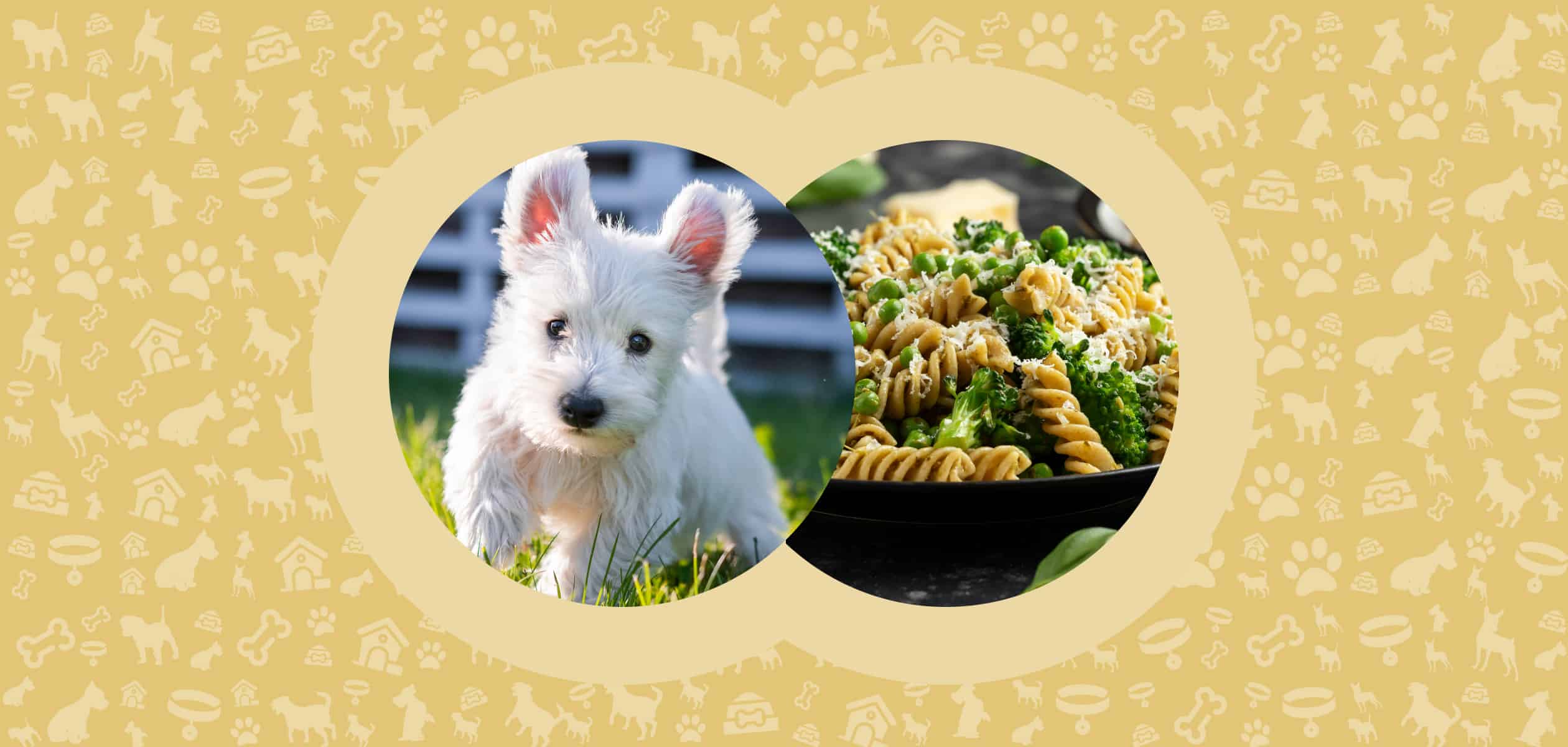
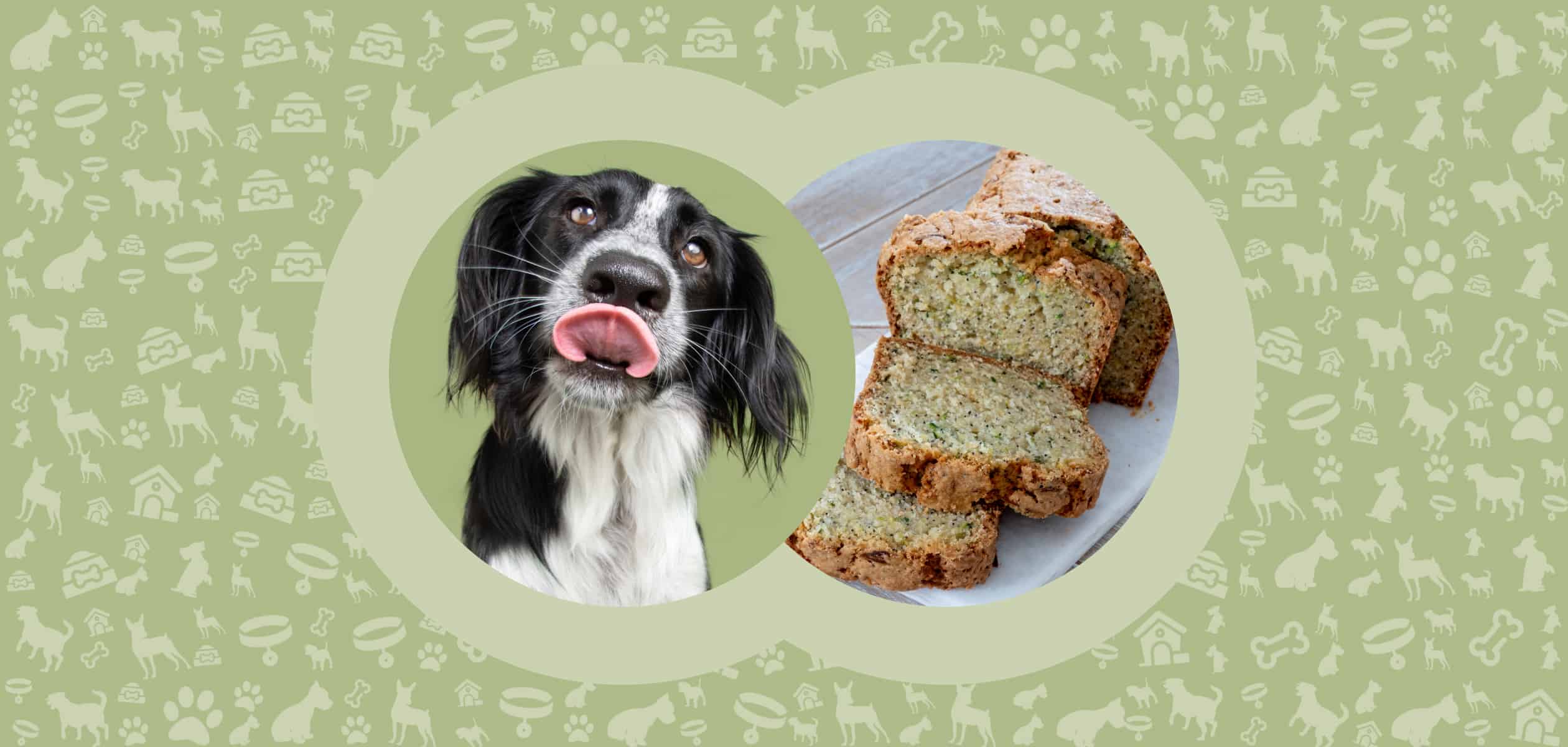
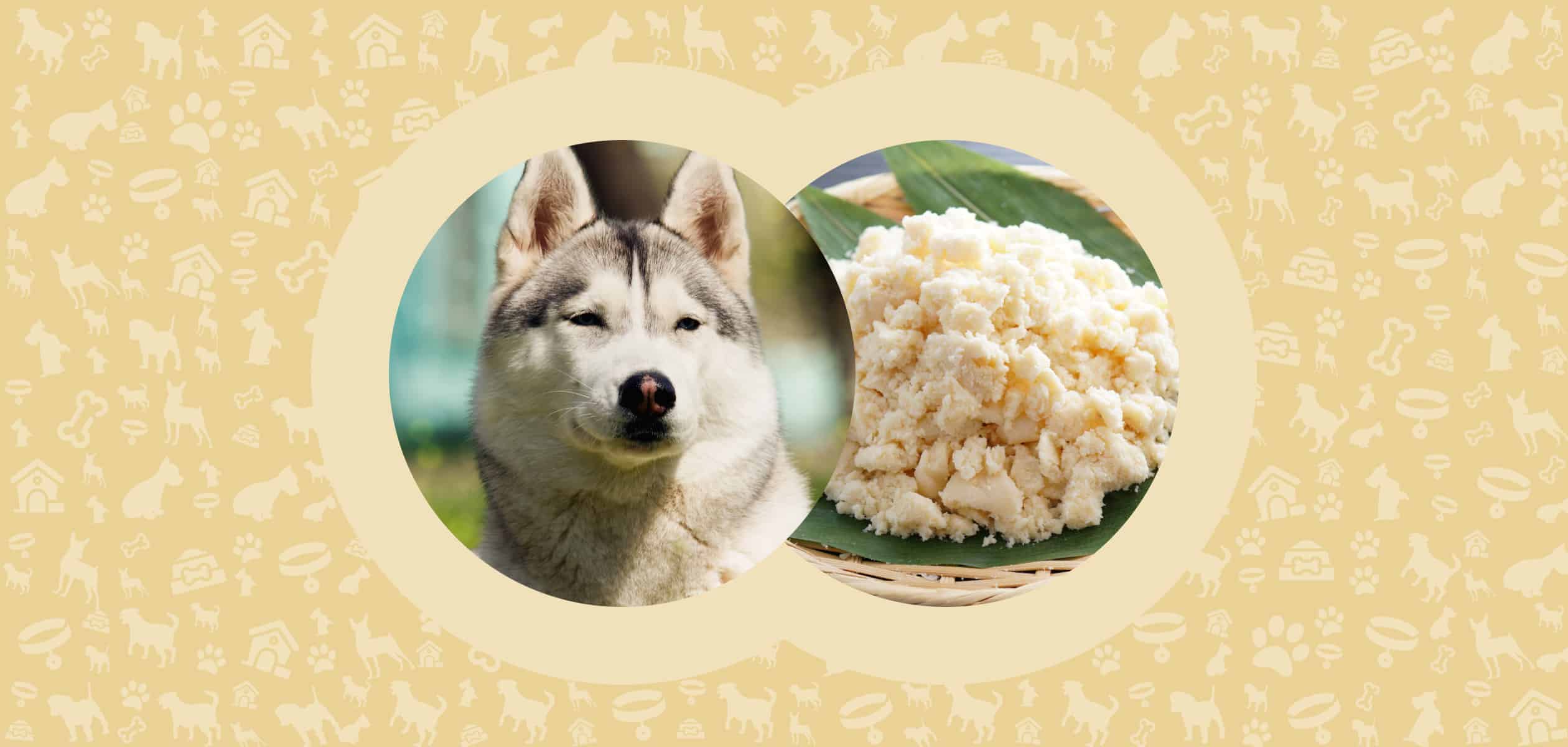
Leave a Comment